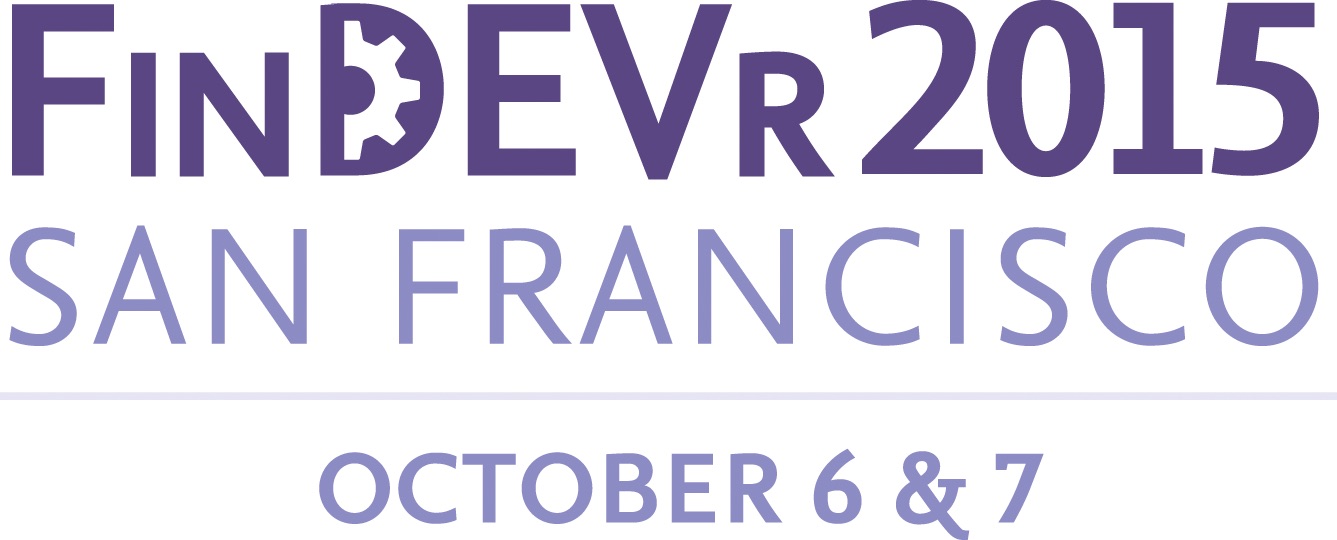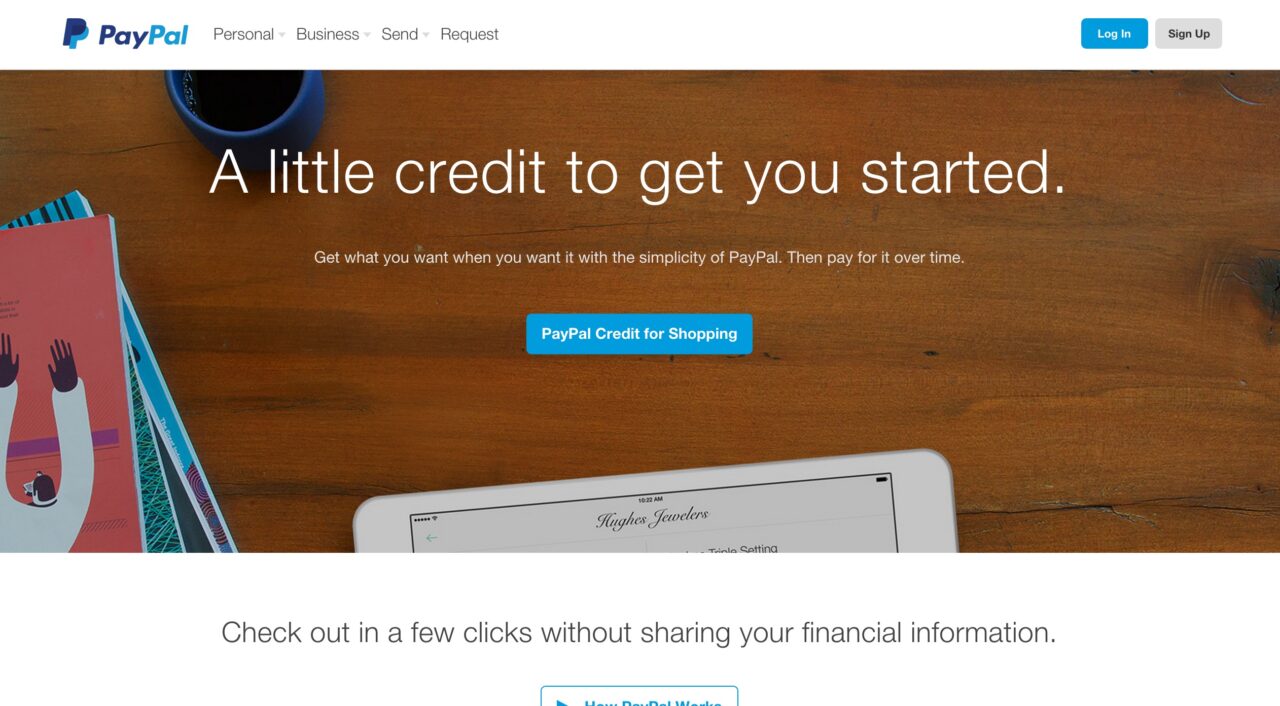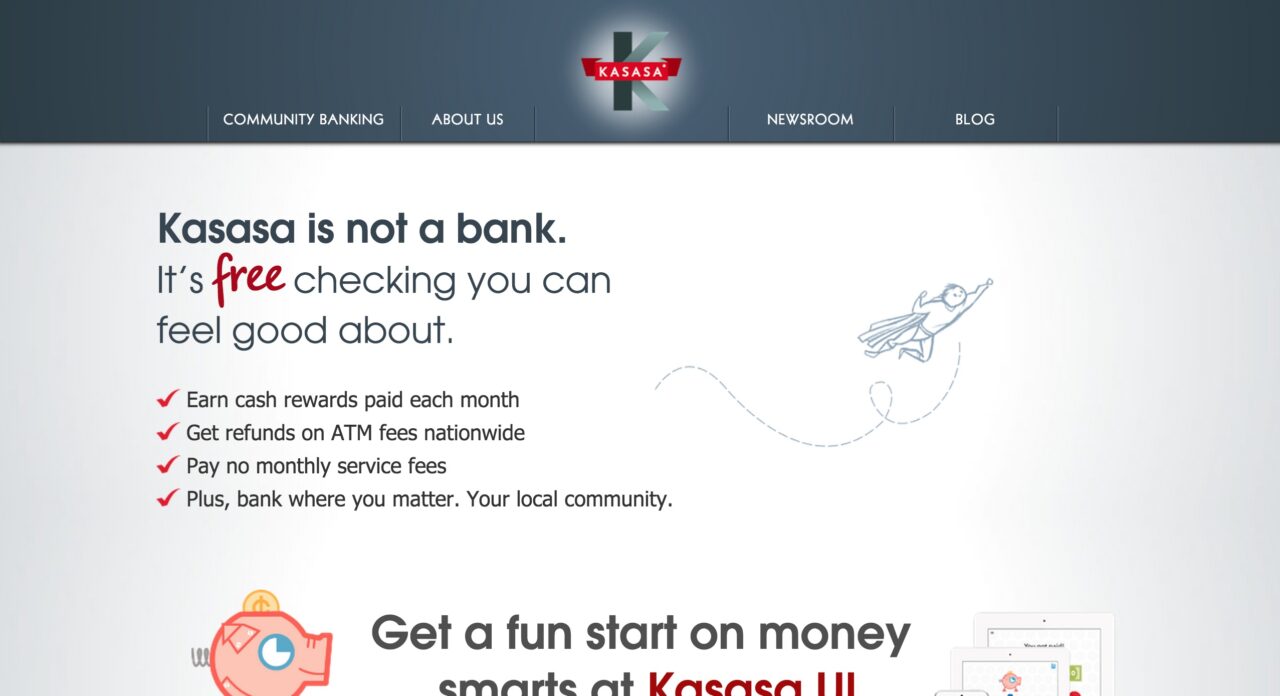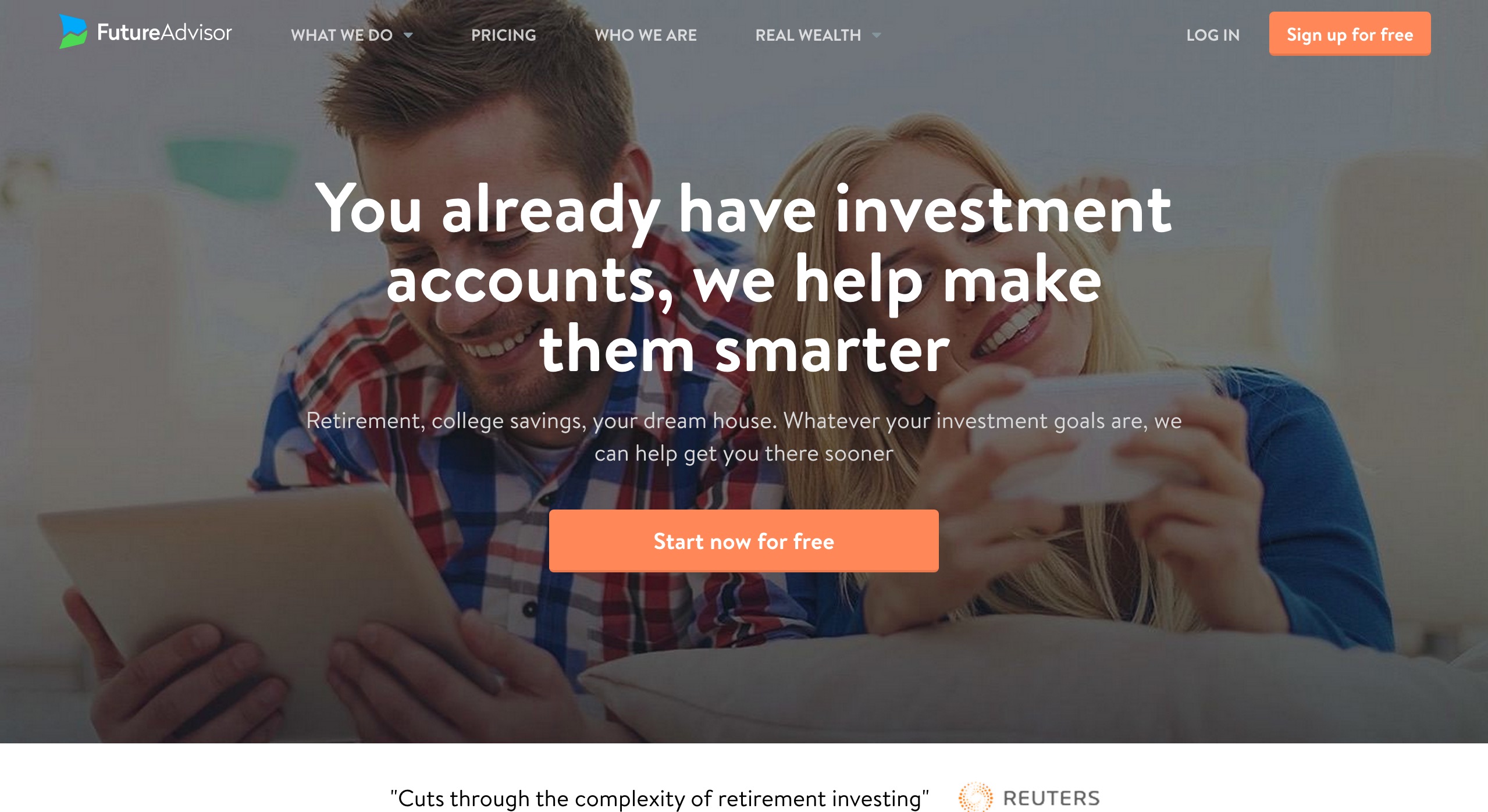Are you building new financial technology? Be sure to register now for the only event exclusively for fintech developers, FinDEVr 2015, 6/7 October in San Francisco. Super Early-Bird tickets are on sale through this Friday, 10 July.
Before diving into company news, check out American Banker’s thoughts on why U.S. banks are opening up APIs to outsiders. It’s worth the read.
The latest from FinDEVr 2015 presenters
- “12 New FinDEVr 2015 Presenters Announced“
- “PayPal’s Early Valuation Tops $44 Billion”
- PYMNTS.com takes a look at PayPal CEO Dan Schulman’s conversation with the Financial Times.
- My Bank Tracker reviews and compares offerings from Credit Karma, Credit Sesame, and BillGuard.
- Rise in tech investment in the U.K. credited to companies such as Currency Cloud in London’s fintech sector.
Alumni updates
- Xero releases payroll availability for Nevada and Illinois.
- Dwolla’s Jordan Lampe pens American Banker article that focuses on Open Bank Project’s use of open sourced APIs.
- Monitise to emphasize API, on-site solutions in recent strategy shift.
- Xero to offer foreign invoice payments via new partnership with Midpoint Holdings.
Stay up to date on daily developments by following FinDEVr on Twitter.









